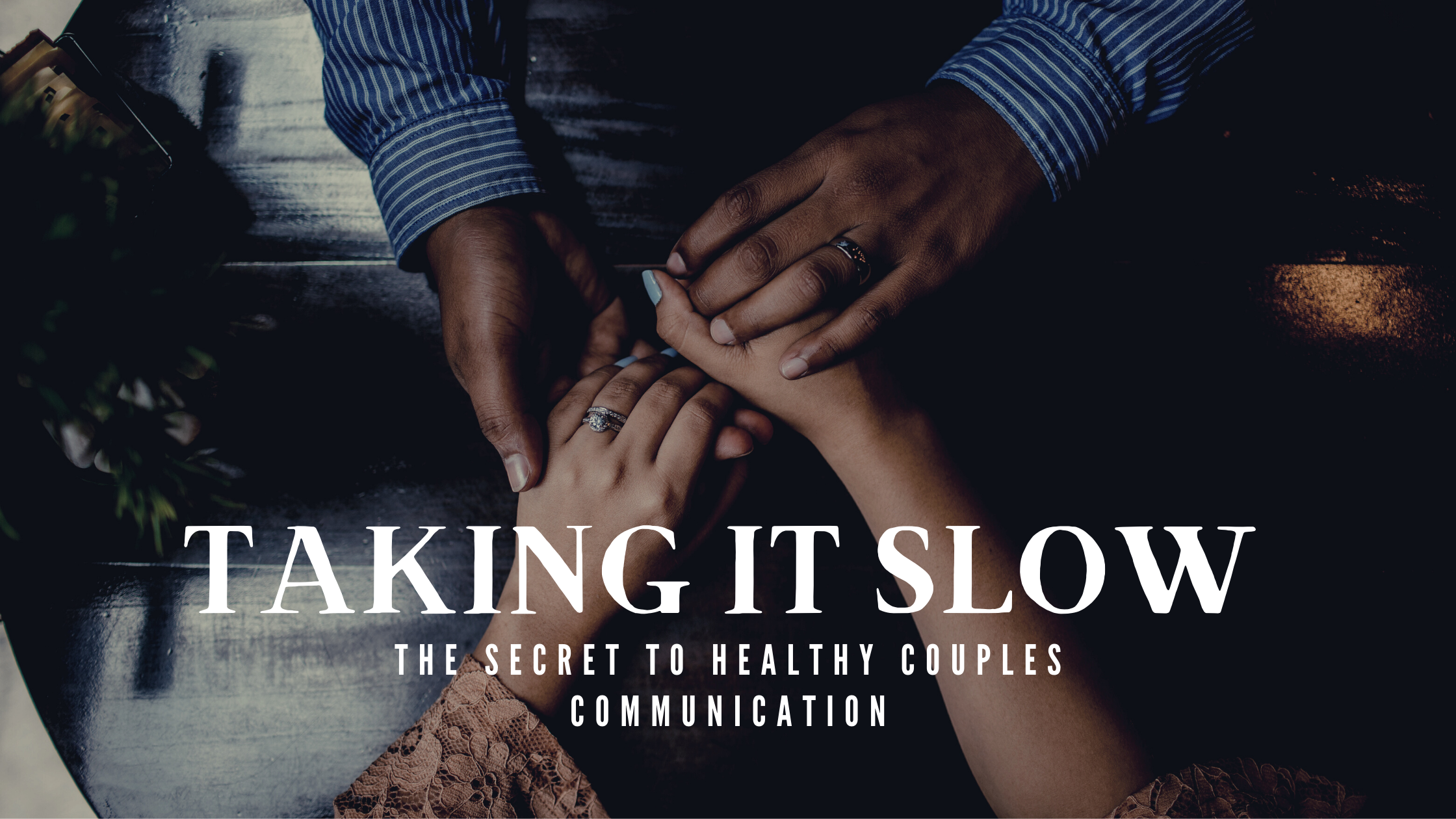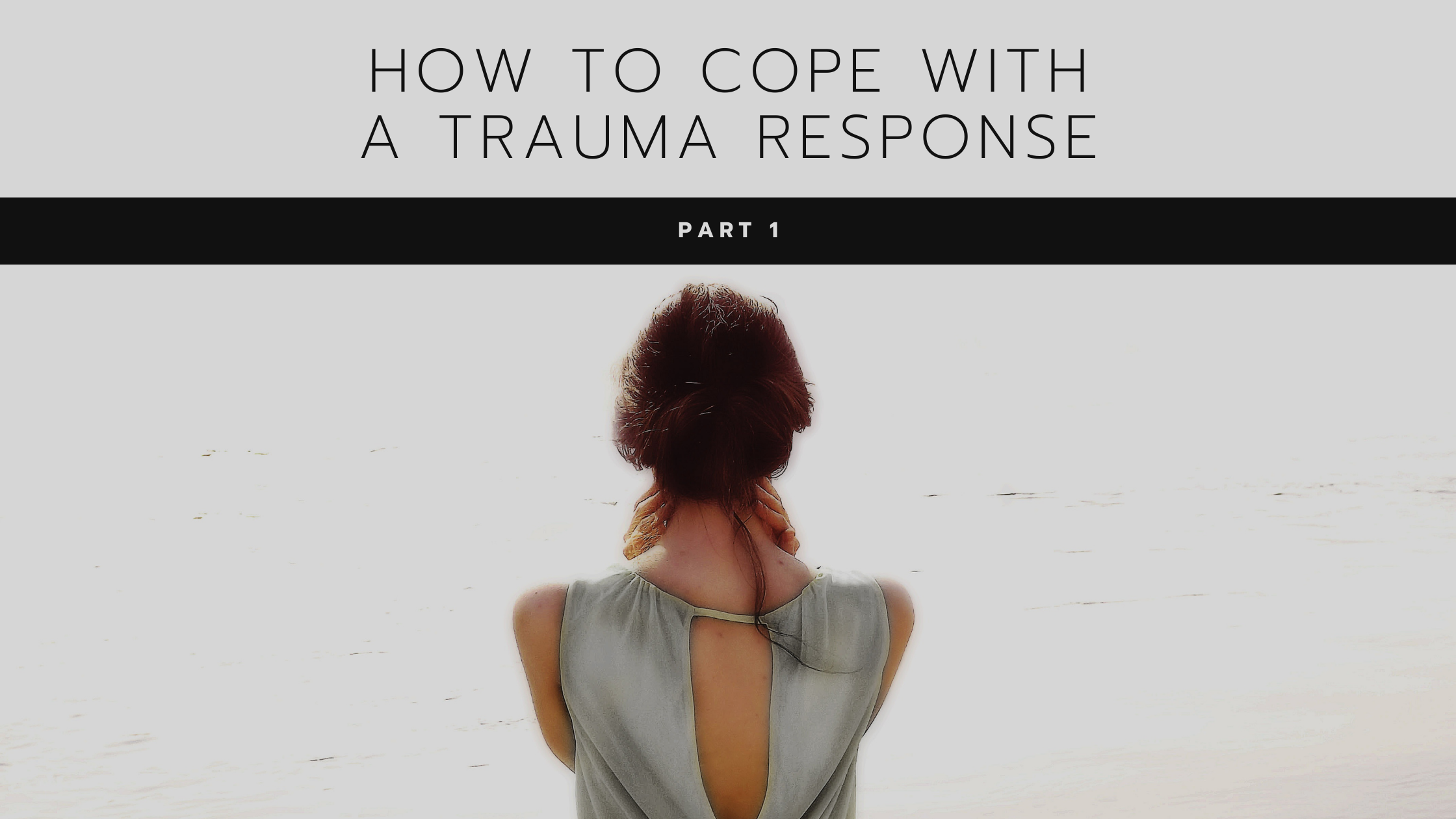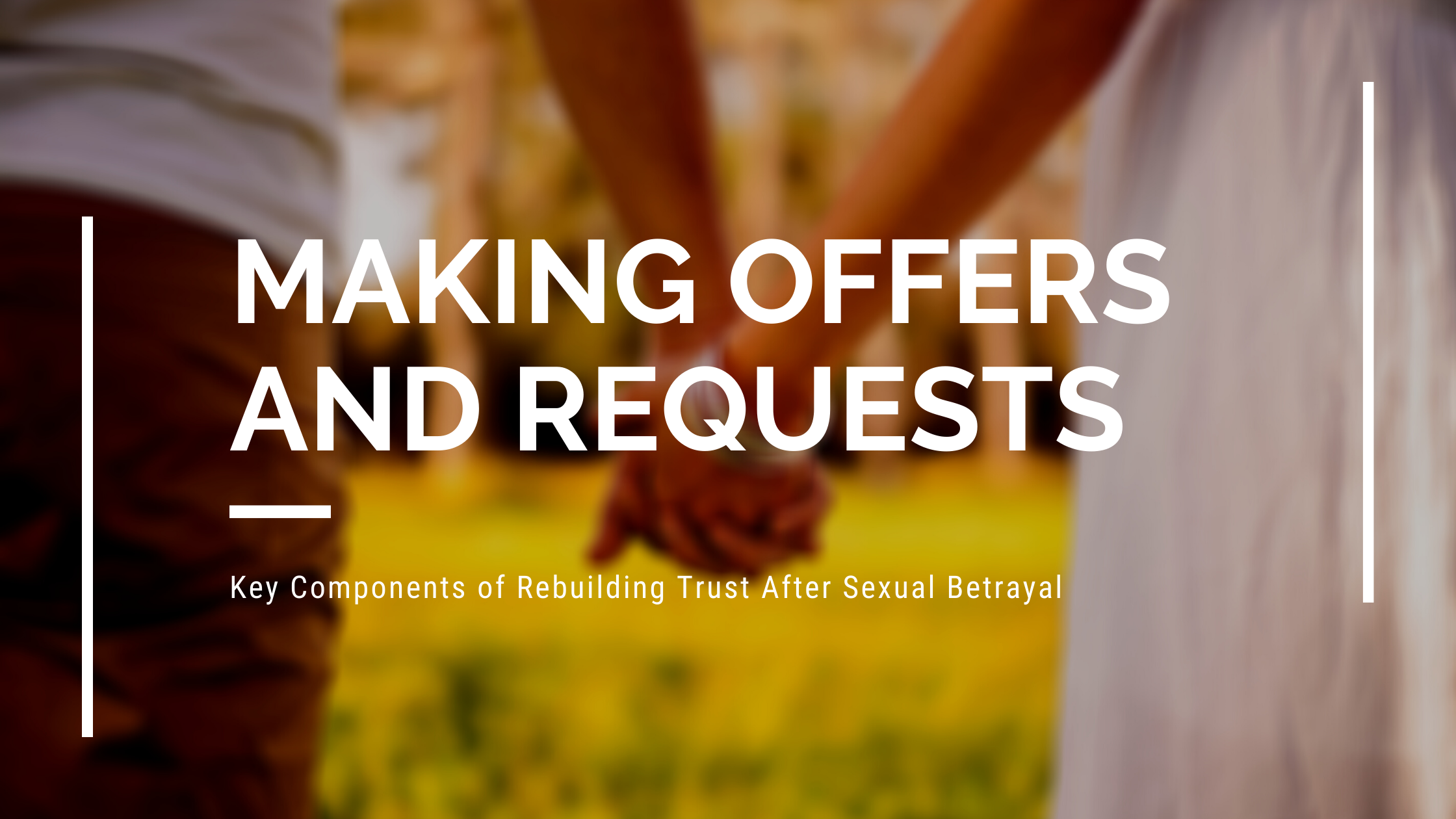The First Step of any 12 Step program requires you to admit your powerlessness over your drug of choice. This shows that admitting powerlessness is a foundational component of seeking healing. Why is that?
Have you ever heard the term “dry drunk”? It refers to an alcoholic who hasn’t touched alcohol in years, but hasn’t admitted to their own powerlessness over the addiction. They may not be drinking anymore, but the thoughts, emotions, and behaviors that got them into alcoholism in the first place haven’t changed. Getting sober this way sets you up for relapse because the deeper causes and reasons for your addiction aren’t being addressed, they’re just being avoided. Recovery is a multifaceted approach to addressing addiction that requires serious life reflection and commitment to change.
You cannot heal from addiction independent from the support of others, God, and the tools of recovery. Thinking you ought to have power over your addiction is like thinking you can tough your way through a major illness: there are biological realities at play in addiction with which you need to contend. Believing you have control over your addiction shows pride in thinking you can handle it all on your own. It also shows a lack of recognition of the role of God, or a Power higher than yourself, as the power you need to rely on to draw you out of powerlessness against addiction.
What is powerlessness?
To recognize powerlessness over your addiction is to face the reality that you don’t have the self-control, discipline, or power to stop your addiction on your own. Usually this is highlighted by continuing addictive behaviors despite (sometimes severe) consequences for your actions. Maybe you’ve violated your personal values in your addiction, or you’ve gone further or deeper than you expected you would. You recognize that none of your efforts to stop have truly worked, and that the addiction has caused destruction and chaos in your life.
Admitting powerlessness requires getting honest with yourself about reality, instead of the “stinkin’ thinkin’” (delusion and denial) that enables your addiction. It involves realizing that your attempts at self-control are not cutting it, and that you need to rely on others to support you in gaining discipline and control.
It may seem like admitting powerlessness is giving up, but the exact opposite is true. Powerlessness isn’t meant to lead to hopelessness, but rather to a greater sense of hope and agency in your life. Recognizing this powerlessness over addiction is not the same as saying you have no power to create change in your life. Instead, it means that the way out of your addiction requires you to rely on the support of other people, God, and the time-tested tool of recovery as lifelines to pull you out of the raging sea of addiction.
As you ask yourself whether or not you’re recognizing your own powerlessness, there are a few different phrases or ways of thinking to notice. Pay attention to the statements below that sound familiar to you.
Overt Denial of Powerlessness
“I can stop anytime I want.”
This belief assumes that you have enough power over your addictive behaviors to stop. It denies the reality of all the other unsuccessful attempts you’ve made to stop as a result of major consequences.
“I can handle this on my own.”
Relying on your own independent attempts to control your behavior has likely led to more failure than success in the past. Believing you have enough power to stop on your own feeds isolation and pride, both of which are fuel for continuing in addiction.
“Maybe they need help, but I’m different.”
Often when you attend your first 12 Step meeting or read stories about others’ addictions, this thought can cross your mind. But this assumption of uniqueness minimizes the impact of your current addiction on yourself and others.
Subtle Denial of Powerlessness
While the statements above might be obvious refusals of powerlessness, you might more readily identify with some of the subtle ways denial can creep in.
“I should be able to stop this behavior.” “I just have to be better/do better.”
A foundational truth in recovery is that you cannot stop or do better on your own. This belief assumes that you should be able to do recovery by yourself instead of relying on the support of other people. It forgets the unsuccessful efforts you’ve made to stop in the past, even though many of them came out of a place of trying to do better.
“I need to punish myself to make myself stop.”
You might have this thought if you come from a family background that was rigid, with strict rules and no tolerance for mistakes. It is linked to a shame-based identity or view of self as fundamentally flawed or bad at the core. Physical punishment, deprivation, social withdrawal, or any other way of punishing yourself increases feelings of despair and hopelessness. And since addictive behaviors are the primary way you cope with distress and pain, you’ll return to those in a heartbeat.
“If I can just get my life in order, I’ll be fine.”
Constantly attempting to get your life under control when you are living in chaos is fruitless. The addiction has worn away at your self-control and self-discipline. You need to learn those skills anew through the tested work of recovery before you’ll be able to apply them to other areas of your life.
“If I can just get through this difficult circumstance, I’ll be fine.”
Depending on circumstances to change for things to get better will mean that you’re waiting forever, because there will always be another distressing circumstance that can be used as a reason for not moving forward. This mindset also leaves your life up to chance, rather than leading you to take ownership of what you do have control over: yourself.
“It’s not a big deal if I skip my meeting/sponsor call/support group/therapy session, etc.”
Minimizing the importance of these consistent practices of recovery is a recipe for slipping back into addiction. One skip becomes two, which becomes five, and before you know it you’ve gone months without receiving the support you need for your recovery.
“If I can’t do everything, it’s not worth doing anything.”
Alternatively, you might feel overwhelmed by the idea of taking on all the work of recovery. You might beat yourself up for missing a meeting or having a slip and then throw out all your other positive, recovery-based practices with it. Don’t set yourself up for failure by expecting perfection, because perfection in this process is impossible.
“I had a slip/relapse, which means I’m back at square one.”
Slips and relapse are part of the normal trajectory of recovery. To say they bring you back to square one dismisses the work you’ve done so far in your recovery journey. See slips as a learning opportunity. Use them to learn about additional supports you need, the needs or desires that drove you to act out, or catalysts or triggers that create more temptation.
“I’ll never get better. I’m a lost cause.”
You assume that the process that has helped thousands of others won’t work for you. It presumes your own uniqueness or difference, as referenced earlier. Submit yourself to the process of recovery and allow yourself the gift of patience while you wait for it to take hold.
The Language of Powerlessness
What is the more accurate way of looking at your process in recovery, in light of powerlessness? Choose statements from the list below to combat the mistaken or faulty beliefs you’ve identified from the overt or subtle ways of denying your own powerlessness above. Alternatively, you can use this entire list as a daily affirmation to support you in your recovery.
“I need to surrender to God/my Higher Power.”
“I need support and accountability to get better, and I can find that in my support group/12 Step group/with my therapist, etc.”
“I am unable to stop this behavior without the tools of recovery.”
“There is a proven path to recovery that I can rely on to move forward. It works if I work it.”
“When I don’t know what to do, I can ask for help.”
“I am able to make small, manageable choices toward recovery today.”
“I am seeking progress, not perfection.”
“There is no better day than today to start or re-commit to my recovery.”
“I can handle this one day at a time.”






















